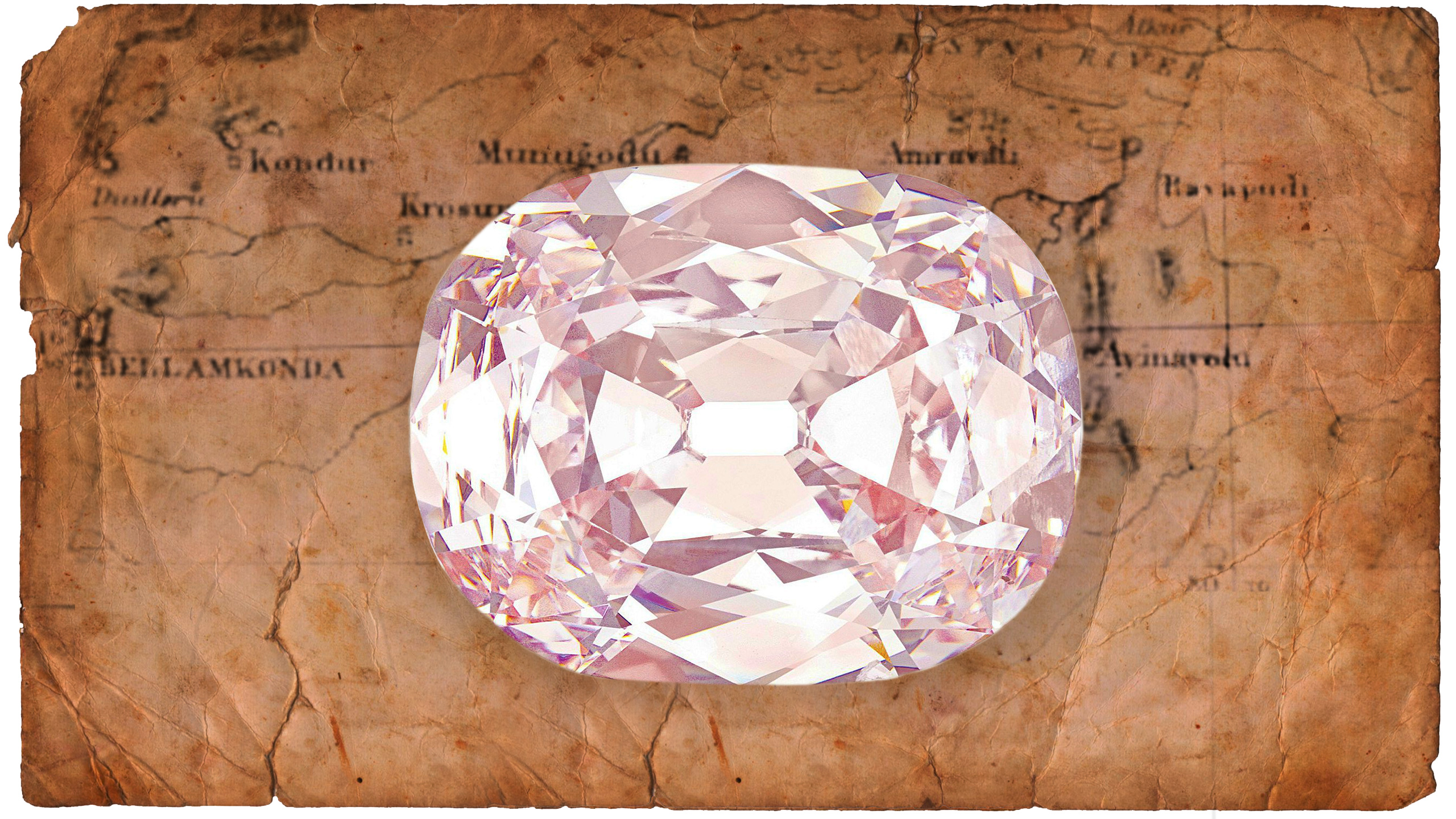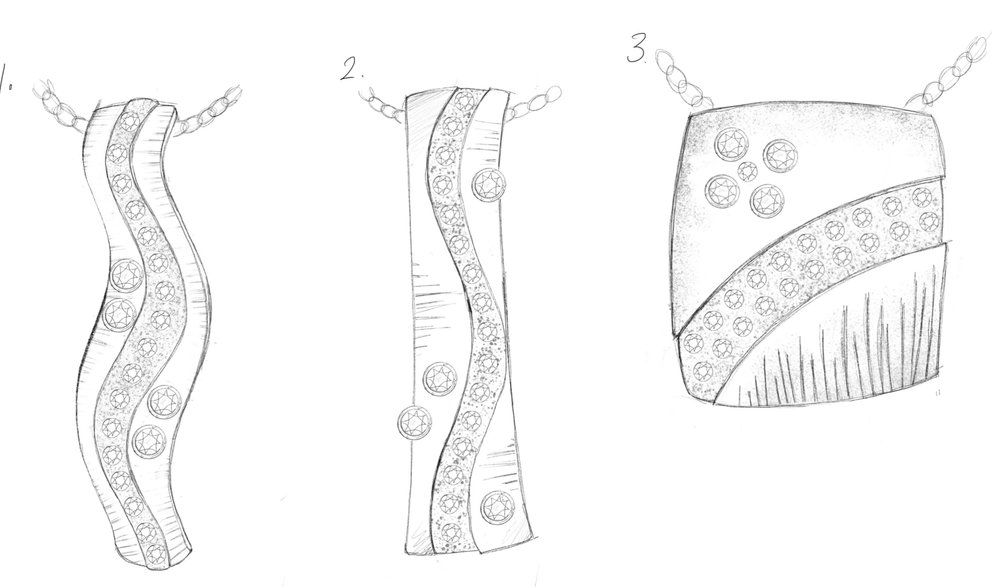‘We Are Ticking Time Bombs’: Inside Australia’s Meth Crisis total information

on a warm Thursday evening, at a community center in the pretty coastal town of Yeppoon, central Queensland, fifteen women around a table listening intently to another. Daphne is a middle-aged, burly woman with a dark topknot and a turquoise t-shirt. She’s known, infamously, as “the cage lady.”
Among the harrowing personal stories TIME will hear tonight about families struggling with crystal methamphetamine, hers is the starkest. Two years ago, she spent $2,250 building a reinforced steel cage for her son Wylie in their modest home in Rockhampton—a city of 80,000 souls on the Queensland coast. She kept Wylie, then 17 and addicted to Crystal meth for sale in it for four weeks.
“I was desperate,” she tells the room. “It was the only thing I could do.” Traumatized by a string of family tragedies, her son had gone from dabbling in cannabis and alcohol at 13 to crystal meth—or ice, as it’s popularly called—by 15. “He had an ice pipe in the bathroom at his cousin’s. That was the start of it.”
Wylie became increasingly violent and volatile, but no help was available, she says—he’d been turned away from drug rehabilitation centers due to his suicidal tendencies, run away from a mental health ward at the local hospital, and couldn’t stay away from his dealer. He was erratic and angry. In desperation, she became Wylie’s jailer to stop him from harming himself or buying drugs. “That’s when we made the cage because he would have died on the ice. He was a very sick boy.”
When her story went public, it caused a national uproar. She was branded a bad mother. Police told her she could be charged with deprivation of liberty and Wylie was asked if he wanted charges to be laid. But, Daphne says, “he told them ‘mum saved me.’ And I did.”
Wylie isn’t out of the woods yet, Daphne sighs. “He’s depressed. He’s not on the ice but he’s back on marijuana. The [brain’s] dopamine center gets affected by ice, and when he’s on it, he thinks he’s the greatest rap star in the world, and when he’s off it, he’s suicidal. It’s hard,” she says.
The world may know Australia as that great southern land, famous for its open spaces, endless surf, scary spiders, sporting prowess, and Steve Irwin. But as much as Australia is about sunshine, shark documentaries, and beautiful bodies, it is about crystal methamphetamine and tweaking addicts. Ice first washed up on the country’s shores in the early 1990s. Former Australian Federal Police Commissioner Mick Palmer tells TIME that it “sort of snuck up” on law enforcers. “Initially it was not seen as a serious problem.”
Now, however, it is ravaging the country. When the world visualizes the current hotspots of drug addiction, it pictures the depressed meth-ridden rural communities of Montana or Appalachia, or the corpse-ridden cities of Mexico’s cocaine trade, or perhaps the pallid victims of Iran’s heroin epidemic. It does not think of champion Australian athletes slowly self-destructing after a day of training, or respected businessmen dealing ice in country towns.
But, in fact, Australia has the highest use of methamphetamine in the English-speaking world or indeed almost any other country. According to the 2013 National Drug Strategy Household Survey, about 1.3 million Australians, an astonishing 7 percent of the population, have used methamphetamine, and 400,000 (or just over 2 percent of all Australians) have done so in the last 12 months. In comparison, only 0.4 percent of Americans say they have used the drug, according to the 2012 U.S. National Survey on Drug Use and Health.







